Registered Dietitians And Nutritionists Voted On Some Of Their Top Foods For 2023, And I Feel Validated That Kimchi Topped The List
From hunting for cost-effective ingredients to planning budget-friendly meals, it's no secret that we've all been tightening our budgets as inflation runs rampant (have you seen the cost of eggs lately?). Every year, registered dietitians and nutritionists (or RDNs, for short) complete a survey called, "What's Trending in Nutrition," predicting which foods consumers will value most that year and their top grocery concerns.

CTV / The Roku Channel
This year, the annual survey, done by Pollock Communications and Today's Dietitian, saw 757 RDNs respond.
This year, between pandemic-fueled health concerns and a cost-of-living crisis, RDNs predict we'll be looking for functional and valuable foods, prioritizing 1) affordability, 2) convenience, and 3) immunity support.

HBO
Despite rising costs, they don't anticipate snacking to slow down. In fact, thanks to boredom, comfort, and working from home, they believe we'll just try to snack on more affordable foods that still provide valuable health benefits.
That being said, here are the top 10 foods they predicted will be sought out in 2023:
(Fun fact: All 10 foods fit into a plant-based diet for the first time in the 11 years of the survey.)
10.Non-Dairy Milks

Popular non-dairy milks include almond milk, cashew milk, coconut milk, flax milk, oat milk, soy milk, and hemp milk.

NBC
9.Ancient Grains

FYI: Ancient grains are a group of grains and grain-like seeds that have pretty much stayed the same over thousands of years. They're usually less processed and full of vitamins, minerals, and fiber. They're also very popular in countries in Asia (including the Middle East) and Africa. Some are even gluten-free.
Ancient grains include amaranth, millet, kamut, sorghum, teff, freekeh, farro, barley, quinoa, and bulgur.
8.Green Tea

We've all heard about the benefits of drinking green tea, from doctors to models. So, it might go without saying, but green tea is full of antioxidants. Studies even suggest numerous potential benefits.

E! / NBCUniversal Syndication Studios
Luckily, with matcha becoming a popular flavor in everything from lattes to ice cream, it's easier to incorporate more green tea into your day even if you don't drink tea.
(If you've heard of matcha but don't know what exactly it is, it's a finely ground powder of green tea leaves. However, the plants are grown a bit differently and more specially than general green tea plants.)
7.Aquatic Greens like Algae, Seaweed, and Sea Moss

If you also haven't heard of aquatic greens, don't worry. Apparently, they're also called sea greens or sea vegetables. And according to Vicki Shanta Retelny, RDN, "Sea greens or sea vegetables are simply edible plants, such as seaweed and algae, that come from the sea."
She also explained that they're rich in vitamins and minerals like potassium, calcium, magnesium, iron, and iodine. Other research has revealed aquatic greens are a good source of vitamins A, B, and E.
6.Leafy Greens like Spinach
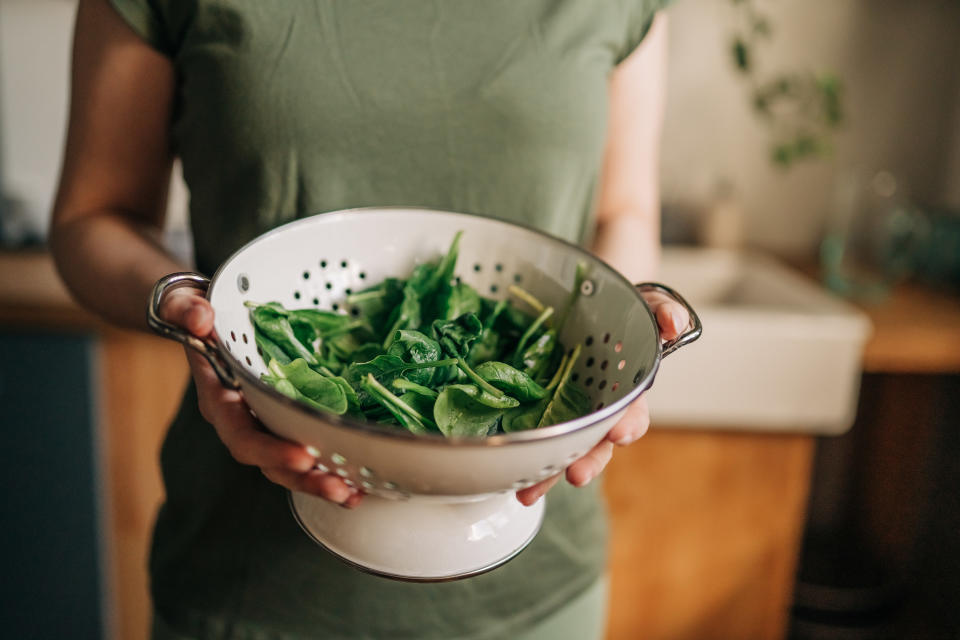
Unlike aquatic greens, leafy greens don't necessarily grow in the sea. Leafy greens include spinach, kale (trendy!), collard greens, cabbage, arugula, romaine lettuce, and beet greens.

ABC
They're chockfull of vitamins, fiber, and minerals, and you'll likely find (or use) them in salads as filling bases.
5.Nuts like Pistachios, Almonds, and Walnuts
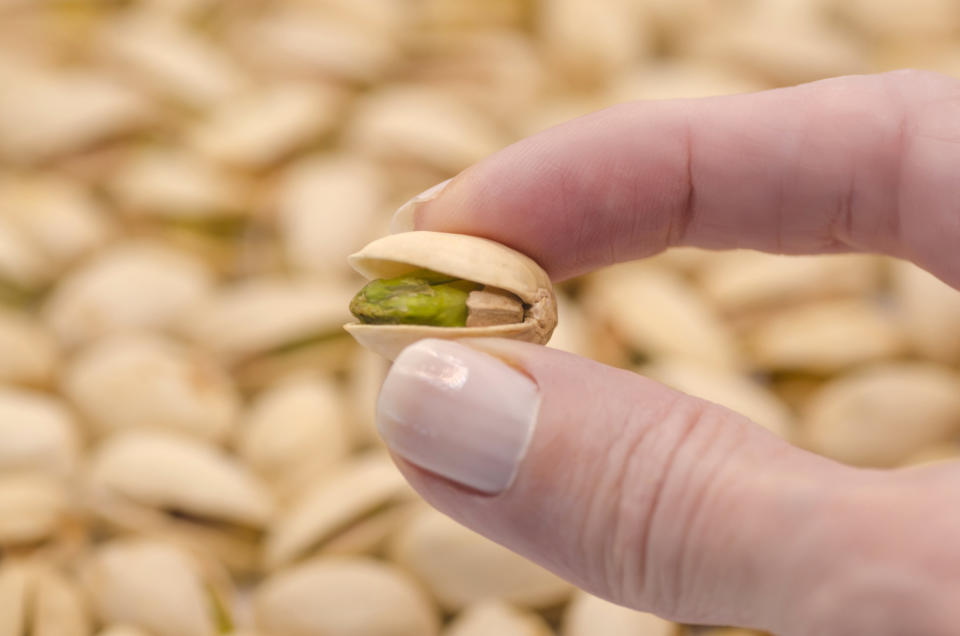
Nuts: a classic source of fiber, fats, and protein — also a great source of butters, flours, and milks! They're also pretty versatile, you can use them in smoothies, salads, and desserts, or even eat them on their own.
4.Avocados

Avocados: the reason millennials can't buy homes — kidding (if only that were true). Anyway, the green fruit is dense in monounsaturated fat (a "good" fat that helps lower cholesterol). Avocados also contain nearly 20 vitamins and minerals, are low in sugar, and are full of fiber.

NBCUniversal Syndication Studios
If you're looking for some new avocado-based recipes to try, here are 13 from Tasty.
3.Blueberries
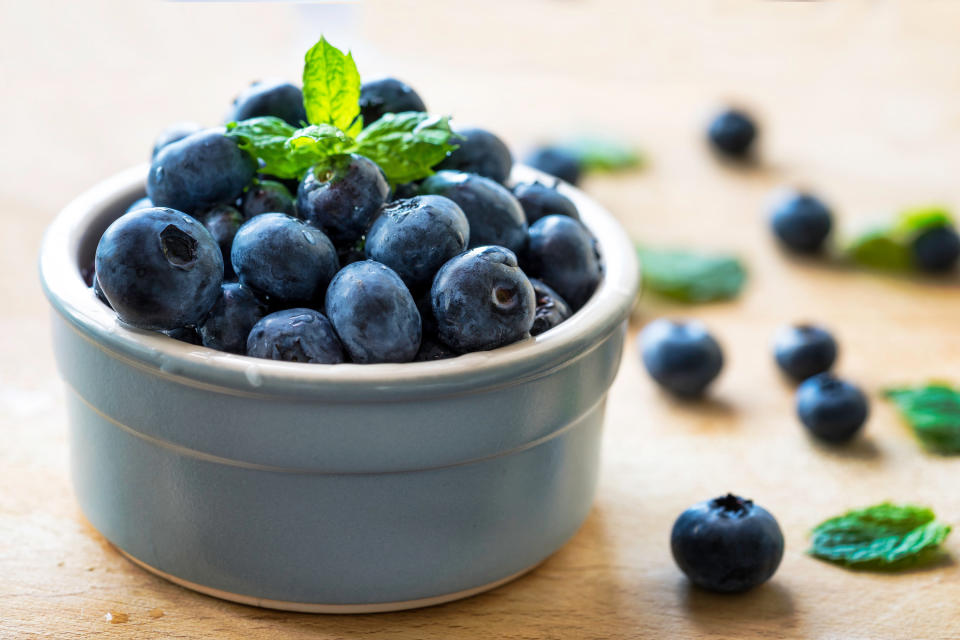
It's not new to hear nutritionists love blueberries. They're a classic. They have antioxidants and taste great (okay, that's subjective).
2.Seeds like Chia and Hemp
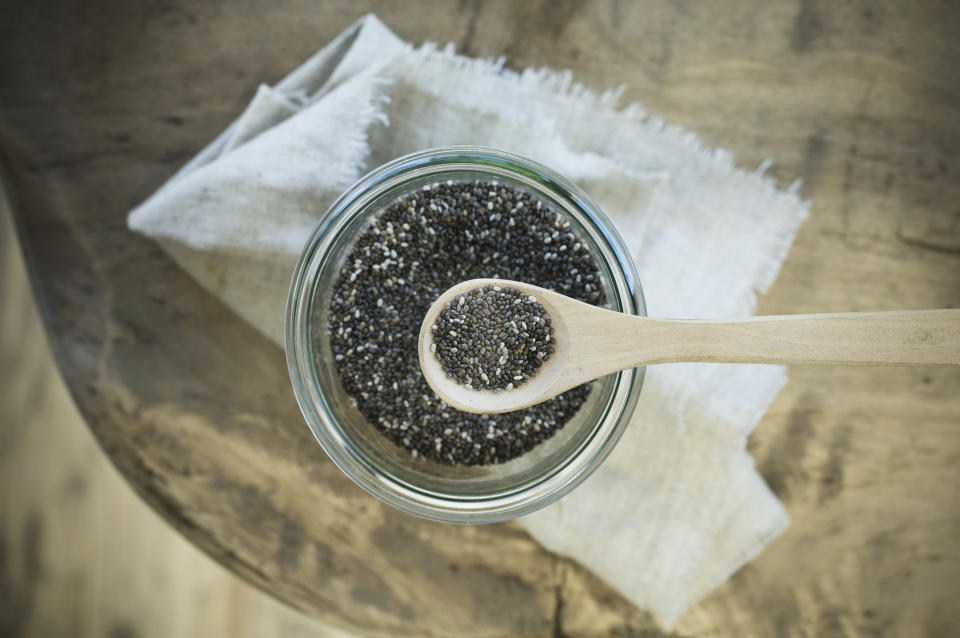
Despite both being nutritious, edible seeds, chia and hemp have a few differences. For one, hemp seeds are higher in protein and fat, plus manganese, copper, magnesium, and phosphorous. On the other hand, chia seeds have more carbs, fiber, and calcium.

Joseph Enterprises
Check out a more in-depth comparison of chia and hemp seeds here.
1.Fermented Foods like Kimchi, Yogurt, Kombucha Tea, and Pickled Vegetables
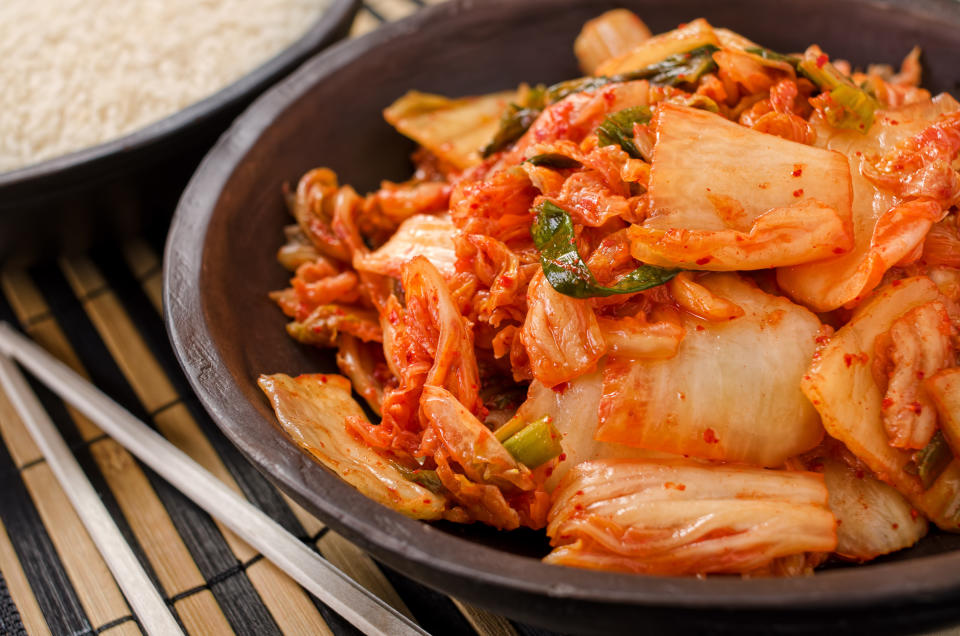
As a process, fermentation (in which microorganisms, like bacteria and yeast, convert carbs, like sugar and starch, into alcohol and acids that act as natural preservatives) has been around for at least 10,000 years. Fermentation is used to manufacture wine, beer, and cheese. It's also an ancient technique of food preservation.

Sliding Pins / Apple Inc.
Kimchi, a traditional Korean dish of salted and fermented vegetables (typically napa cabbage and Korean radish), originated more than 3,000 years ago. Because South Korea has extremely cold winters, Koreans began fermenting and storing vegetables to stave off starvation. Today, it's served with almost every meal in South Korea, and there are now more than 200 types of kimchi on the market.
Fermented foods are rich in probiotics, which have been shown to support immune function, improve digestion, and more.

